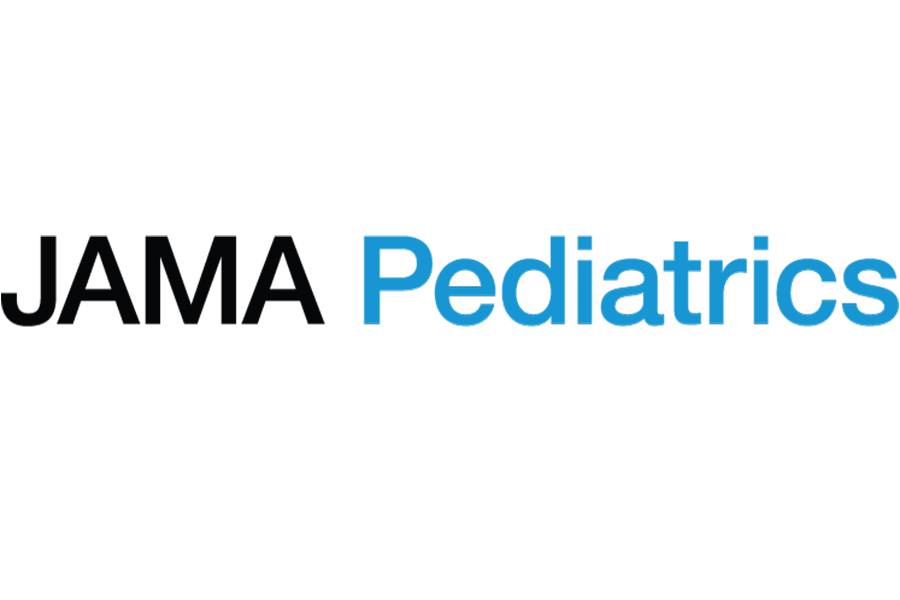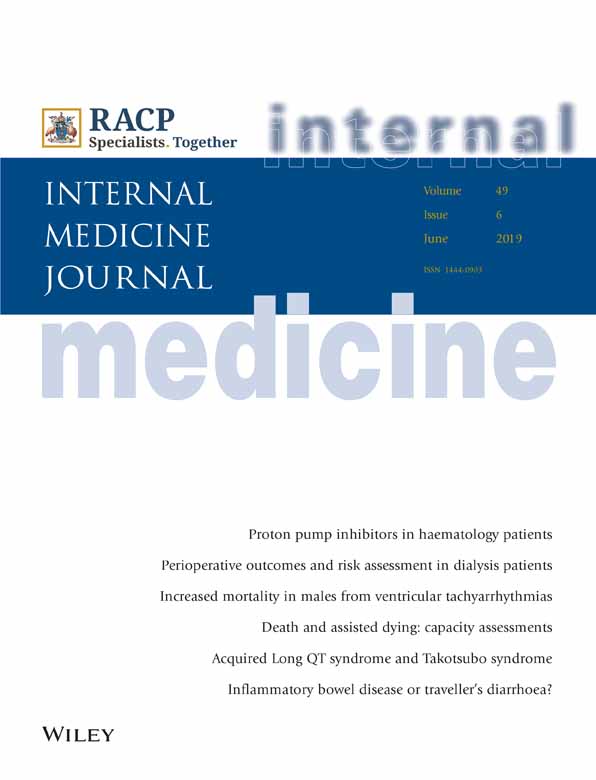 “The cannabinoid receptor 1 (CBR1) is involved in a variety of physiological pathways and has long been considered a golden target for therapeutic manipulation. A large body of evidence in both animal and human studies suggests that CB1R antagonism is highly effective for the treatment of obesity, metabolic disorders and drug addiction. However, the first-in-class CB1R antagonist/inverse agonist, rimonabant, though demonstrating effectiveness for obesity treatment and smoking cessation, displays serious psychiatric side effects, including anxiety, depression and even suicidal ideation, resulting in its eventual withdrawal from the European market. Several strategies are currently being pursued to circumvent the mechanisms leading to these side effects by developing neutral antagonists, peripherally restricted ligands, and allosteric modulators. In this review, we describe the progress in the development of therapeutics targeting the cannabinoid receptor 1 in the last two decades.”
“The cannabinoid receptor 1 (CBR1) is involved in a variety of physiological pathways and has long been considered a golden target for therapeutic manipulation. A large body of evidence in both animal and human studies suggests that CB1R antagonism is highly effective for the treatment of obesity, metabolic disorders and drug addiction. However, the first-in-class CB1R antagonist/inverse agonist, rimonabant, though demonstrating effectiveness for obesity treatment and smoking cessation, displays serious psychiatric side effects, including anxiety, depression and even suicidal ideation, resulting in its eventual withdrawal from the European market. Several strategies are currently being pursued to circumvent the mechanisms leading to these side effects by developing neutral antagonists, peripherally restricted ligands, and allosteric modulators. In this review, we describe the progress in the development of therapeutics targeting the cannabinoid receptor 1 in the last two decades.”
Monthly Archives: July 2019
Diet, endocannabinoids, and health.
 “Healthy aging includes freedom from disease, ability to engage in physical activity, and maintenance of cognitive skills for which diet is a major lifestyle factor. Aging, diet, and health are at the forefront of well-being for the growing population of older adults with the caveat of reducing and controlling pain. Obesity and diabetes risk increase in frequency in adults, and exercise is encouraged to control weight, reduce risk of type II diabetes, and maintain muscle mass and mobility.
“Healthy aging includes freedom from disease, ability to engage in physical activity, and maintenance of cognitive skills for which diet is a major lifestyle factor. Aging, diet, and health are at the forefront of well-being for the growing population of older adults with the caveat of reducing and controlling pain. Obesity and diabetes risk increase in frequency in adults, and exercise is encouraged to control weight, reduce risk of type II diabetes, and maintain muscle mass and mobility.
One area of research that appears to integrate many aspects of healthy aging is focused on understanding the endocannabinoid system (ECS) because of its role in systemic energy metabolism, inflammation, pain, and brain biology. Physical activity is important for maintaining health throughout the life cycle. The benefits of exercise facilitate macronutrient use, promote organ health, and augment the maintenance of metabolic activity and physiological functions. One outcome of routine exercise is a generalized well-being, and perhaps, this is linked to the ECS.
The purpose of this review is to briefly present the current knowledge of key components of the ECS that contribute to appetite and influence systemic energy metabolism, and dietary factors that alter the responses of ligand binding and activation of cannabinoidreceptors and its role in the brain. Herein, the objectives are to (1) explain the role of the ECS in the body, (2) describe the relationship between dietary polyunsaturated fatty acids and macronutrient intake and systemic metabolism, and (3) present areas of promising research where exercise induces endocannabinoid production in the brain to benefit well-being. There are many gaps in the knowledge of how the ECS participates in controlling pain through exercise; however, emerging research will reveal key relationships to understand this system in the brain and body.”
https://www.ncbi.nlm.nih.gov/pubmed/31280882
https://www.sciencedirect.com/science/article/pii/S027153171930572X?via%3Dihub
HCV-Related Mortality Among HIV/HCV Co-infected Patients: The Importance of Behaviors in the HCV Cure Era (ANRS CO13 HEPAVIH Cohort).
 “Mortality among individuals co-infected with HIV and hepatitis C virus (HCV) is relatively high. We evaluated the association between psychoactive substance use and both HCV and non-HCV mortality in HIV/HCV co-infected patients in France, using Fine and Gray’s competing-risk model adjusted for socio-demographic, clinical predictors and confounding factors, while accounting for competing causes of death. Over a 5-year median follow-up period, 77 deaths occurred among 1028 patients.
“Mortality among individuals co-infected with HIV and hepatitis C virus (HCV) is relatively high. We evaluated the association between psychoactive substance use and both HCV and non-HCV mortality in HIV/HCV co-infected patients in France, using Fine and Gray’s competing-risk model adjusted for socio-demographic, clinical predictors and confounding factors, while accounting for competing causes of death. Over a 5-year median follow-up period, 77 deaths occurred among 1028 patients.
Regular/daily cannabis use, elevated coffee intake, and not currently smoking were independently associated with reduced HCV-mortality (adjusted sub-hazard ratio [95% CI] 0.28 [0.10-0.83], 0.38 [0.15-0.95], and 0.28 [0.10-0.79], respectively). Obesity and severe thinness were associated with increased HCV-mortality (2.44 [1.00-5.93] and 7.25 [2.22-23.6] versus normal weight, respectively). Regular binge drinking was associated with increased non-HCV-mortality (2.19 [1.10-4.37]). Further research is needed to understand the causal mechanisms involved.
People living with HIV/HCV co-infection should be referred for tobacco, alcohol and weight control interventions and potential benefits of cannabis-based therapies investigated.”
https://www.ncbi.nlm.nih.gov/pubmed/31286317
https://link.springer.com/article/10.1007%2Fs10461-019-02585-7
Isolation, Synthesis And Structure Determination Of Cannabidiol Derivatives And Their Cytotoxic Activities.

“In a continuing effort to explore the structural diversity and pharmacological activities of natural products based scaffolds, herein, we report the isolation, synthesis, and structure determination of cannabidiol and its derivatives along with their cytotoxic activities. Treatment of cannabidiol (1) with acid catalyst POCl3 afforded a new derivative 6 along with six known molecules 2 – 5, 7 and, 8. The structure of 6 was elucidated by extensive spectroscopic analyses and DFT calculations of the NMR and ECD data. All the compounds (2 – 8) were evaluated for their cytotoxic potential against a panel of eight cancer cell lines. Compounds 4, 5, 7, and 8showed pronounced in vitro cytotoxic activity with IC50 values ranging from 5.6 to 60 μM. Out of the active molecules, compounds 4, and 7 were found to be comparable to that of the parent molecule 1 on the inhibition of almost all the tested cancer cell lines.”
https://www.ncbi.nlm.nih.gov/pubmed/31282748
https://www.tandfonline.com/doi/abs/10.1080/14786419.2019.1638381?journalCode=gnpl20

Employment and Marijuana Use Among Washington State Adolescents Before and After Legalization of Retail Marijuana
 “The purpose of the study was to describe associations between employment and marijuana use among adolescents 2 years before passage of 2012 ballot initiative and 2 years after the implementation of retail recreational marijuana sales took place in Washington.
“The purpose of the study was to describe associations between employment and marijuana use among adolescents 2 years before passage of 2012 ballot initiative and 2 years after the implementation of retail recreational marijuana sales took place in Washington.
Working adolescents in all grades had higher prevalence of recent marijuana use compared with nonworking adolescents.
Working youth were more likely to use marijuana before and after Washington’s legalization of retail marijuana.”
https://www.jahonline.org/article/S1054-139X(19)30020-5/fulltext
Association of Marijuana Laws With Teen Marijuana Use

“In the United States, 33 states and the District of Columbia have passed medical marijuana laws (MMLs), while 10 states and the District of Columbia have legalized the recreational use of marijuana.
A 2018 meta-analysis concluded that the results from previous studies do not lend support to the hypothesis that MMLs increase marijuana use among youth, while the evidence on the effects of recreational marijuana laws (RMLs) is mixed.
Here, we report estimates of the association between the legalization of marijuana and its use, simultaneously considering both MMLs and RMLs.
Consistent with the results of previous researchers, there was no evidence that the legalization of medical marijuana encourages marijuana use among youth.
Moreover, the estimates reported in the Table showed that marijuana use among youth may actually decline after legalization for recreational purposes.
This latter result is consistent with findings by Dilley et al and with the argument that it is more difficult for teenagers to obtain marijuana as drug dealers are replaced by licensed dispensaries that require proof of age.”
“New JAMA study shows legalizing pot might discourage teen use” https://www.cnbc.com/2019/07/08/new-jama-study-shows-legalizing-pot-might-discourage-teen-use.html
“Recreational marijuana legalization tied to decline in teens using pot, study says” https://www.cnn.com/2019/07/08/health/recreational-marijuana-laws-teens-study/index.html
“Recreational marijuana legalization tied to decline in teens using pot, study says” https://wtvr.com/2019/07/08/recreational-marijuana-legalization-tied-to-decline-in-teens-using-pot-study-says/
Model-based analysis on systemic availability of coadministered cannabinoids after controlled vaporised administration.

“The most important two medicinal cannabinoids are Δ9 -tetrahydrocannabinol (THC) and cannabidiol (CBD).
The results observed in this study are useful for guiding future pharmacokinetic studies of medicinal cannabinoids, and for development of dosing guidelines for medical use of cannabis in the ‘real world’ setting.”
Distinct Functions of Endogenous Cannabinoid System in Alcohol Abuse Disorders.

“Δ9-tetrahydrocannabinol (Δ9 -THC), the principal active component in Cannabis sativa extracts such as marijuana, participates in cell signaling by binding to cell surface receptors. CB1 receptors (CB1 s) are present in both inhibitory and excitatory presynaptic terminals. CB2 receptors (CB2 s) found in neuronal subpopulations in addition to microglial cells and astrocytes and are present in both pre- and postsynaptic terminals.
Subsequent to endocannabinoid (eCB) system discoveries, studies have suggested that alcohol alters the eCB system and that the eCB system plays a major role in the motivation to abuse alcohol.
Preclinical studies have provided evidence that chronic alcohol consumption modulates eCBs and CB1 expression in brain addiction circuits. In addition, studies have further established the distinct function of the eCB system in the development of fetal alcohol spectrum disorders. This review provides a recent and comprehensive assessment of the literature related to the function of the eCB system in alcohol abuse disorders.”
https://www.ncbi.nlm.nih.gov/pubmed/31265740
https://bpspubs.onlinelibrary.wiley.com/doi/abs/10.1111/bph.14780
“Cannabis and Alcohol: From Basic Science to Public Policy.” https://www.ncbi.nlm.nih.gov/pubmed/31265135
[Topical cannabinoid agonists. An effective new possibility for treating chronic pruritus].
 “Chronic, therapy-resistant pruritus often fails to respond to standard measures so new therapeutic approaches are needed.
“Chronic, therapy-resistant pruritus often fails to respond to standard measures so new therapeutic approaches are needed.
Recently, the expression of cannabinoid receptors on cutaneous sensory nerve fibers was described, so cannabinoid agonists seem a rational therapeutic option for pruritus.
RESULTS:
In 14/22 patients a good antipruritic effect could be documented. The average reduction in itch was 86.4%. The therapy was well-tolerated by all patients; neither burning burn nor contact dermatitis was observed.
CONCLUSIONS:
Topical cannabinoid agonists represent an new effective and well-tolerated therapy for refractory itching of various origins. Creams with a higher concentration may be even more effective with broader indications.”
https://www.ncbi.nlm.nih.gov/pubmed/16874533
https://link.springer.com/article/10.1007%2Fs00105-006-1180-1
“Cannabinoids for the treatment of chronic refractory pruritus.” https://www.ncbi.nlm.nih.gov/pubmed/31264498
Distinct inflammatory profiles in HIV-infected individuals under ART using cannabis, cocaine or cannabis plus cocaine.

“Cannabis use lowered the percentages of inflammatory, non-classical, activated-classic, and activated-inflammatory monocytes.
In HIV infection the use of cannabis induces predominantly an anti-inflammatory profile.
The use of cocaine and cannabis-plus-cocaine showed a mixed pro- and anti-inflammatory profile, with predominance of inflammatory status.”
https://www.ncbi.nlm.nih.gov/pubmed/31259759
https://insights.ovid.com/crossref?an=00002030-900000000-96891
